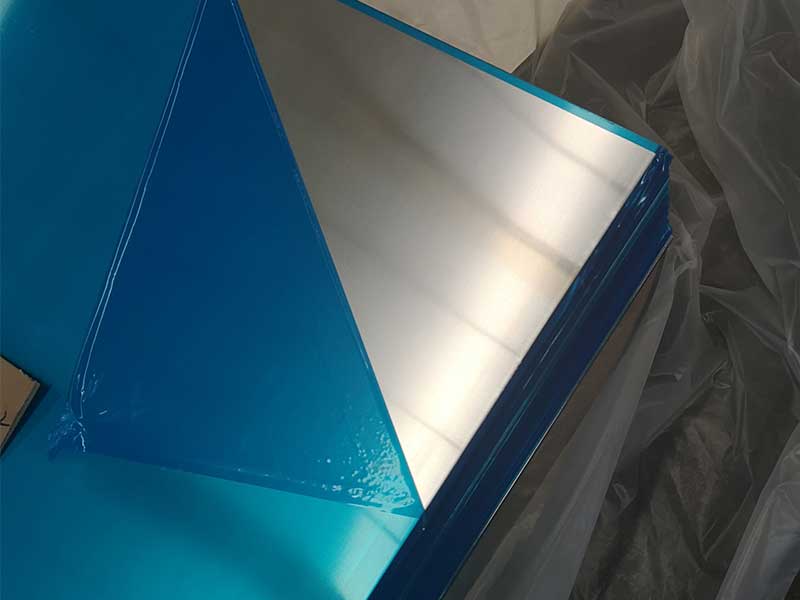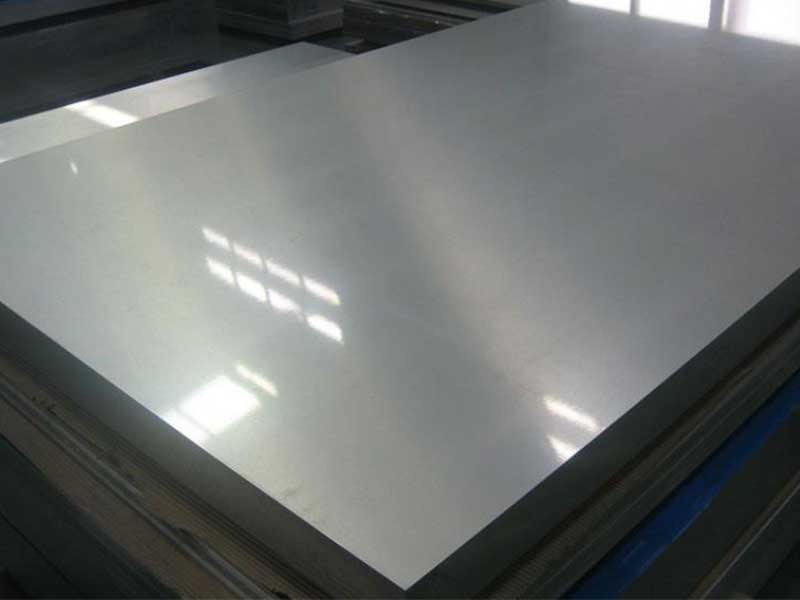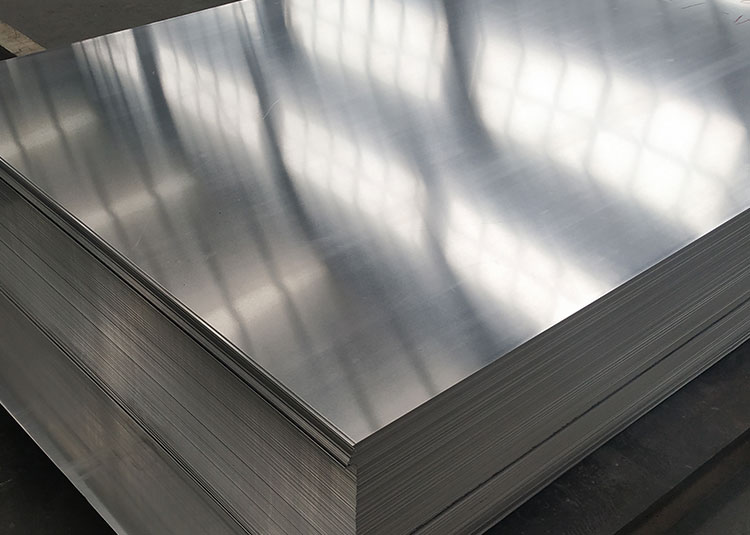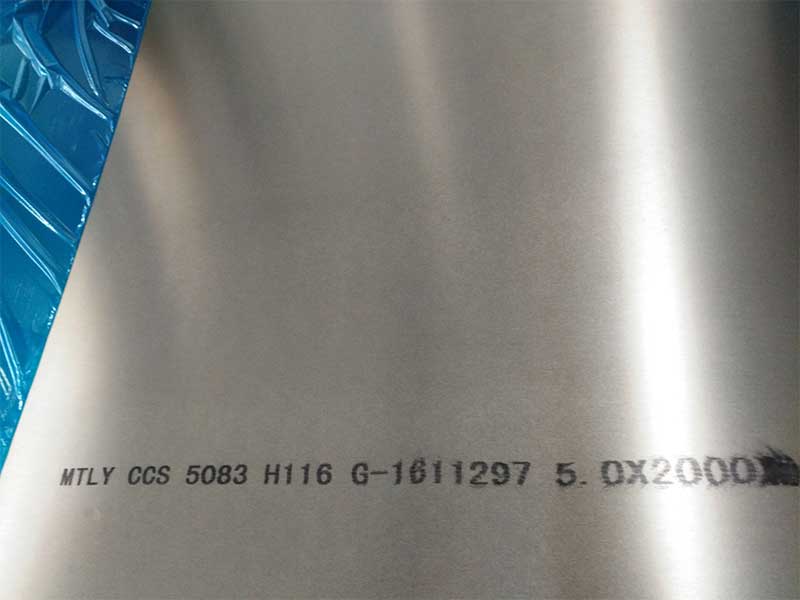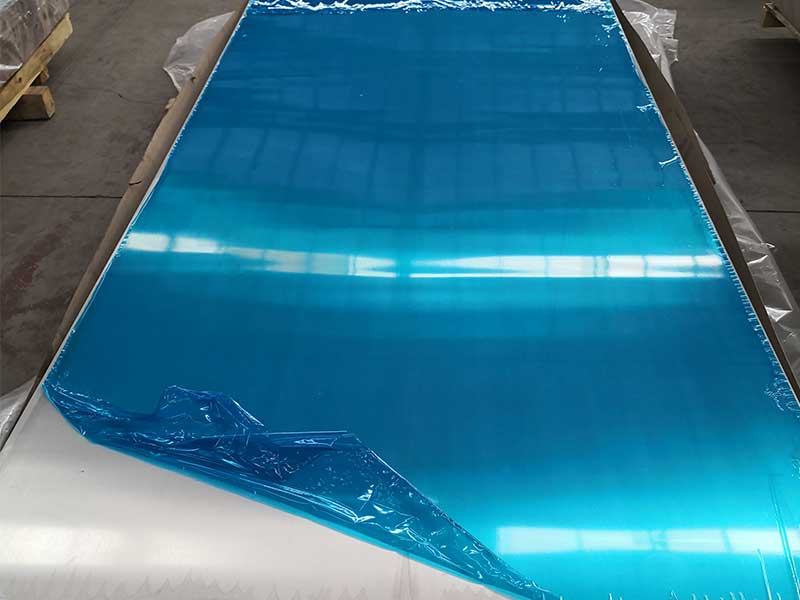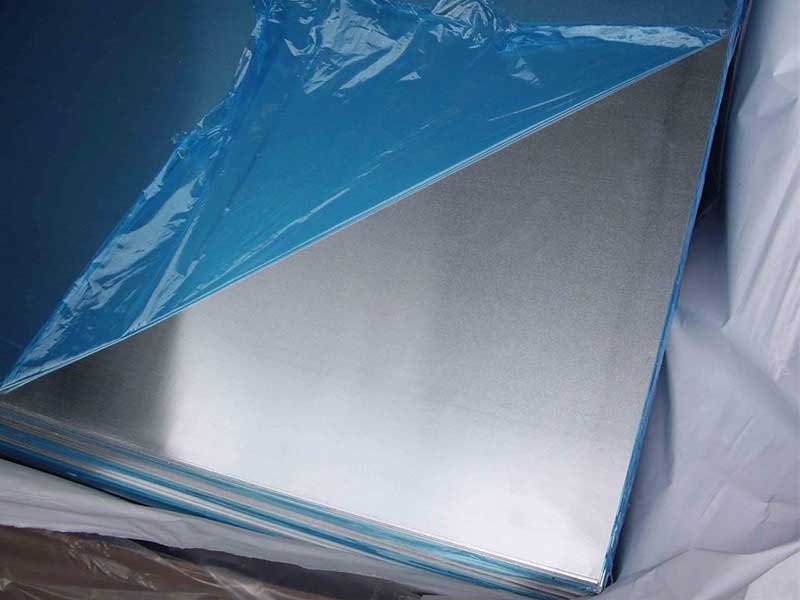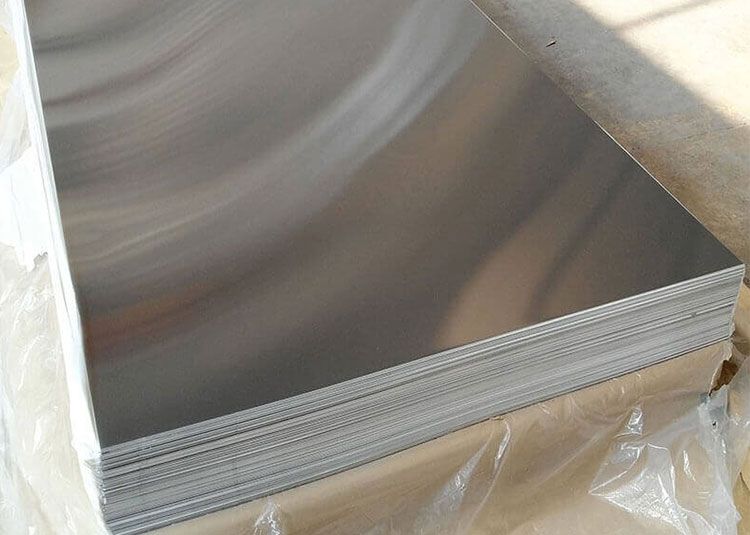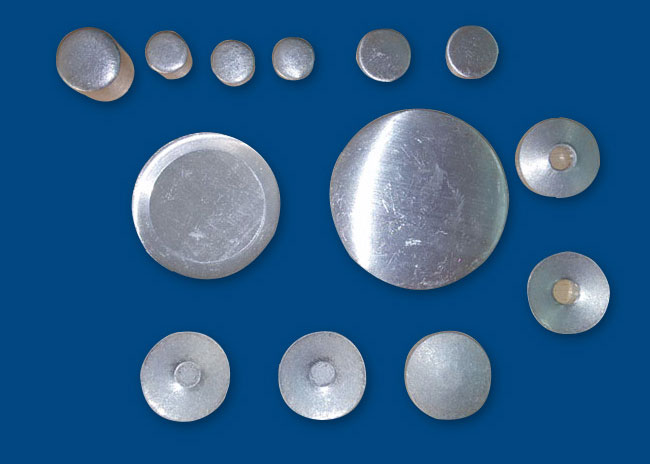When it comes to interior design, choosing materials that combine aesthetic appeal, durability, and functionality becomes paramount. Among the myriad options available, aluminium plates have emerged as an exceptional choice for homeowners, architects, and designers alike. By the distinctive attributes of aluminium plate interior applications, we gain an of why this material has rapidly ascended to popularity.
Aluminium Plate and Its Alloys
Aluminium plates are produced from bauxite ore, mineral bearing compounds, through a series of electrical and chemical refinements. The metal is lightweight, resistant to corrosion, takes on finishes beautifully and is surprisingly strong compared to similar materials. It's also an excellent thermal conductor, which is essential when integrating any heating or cooling systems in a space.
Chemical Properties and Parameters
One of the great aspects of aluminium is its adaptability to different circumstances, enhanced significantly by various alloys and tempering processes. Here are some critical parameters you should be familiar with when opting for aluminium plates in interior design:
| Mechanical Property | Specification |
|---|---|
| Density | 2.71 g/cm³ |
| Tensile Strength | Varies by grade, 70 to 700 MPa |
| Yield Strength | Ranges 40 to 600 MPa |
| Elongation | 5% to 12% depending on temper |
Figures above vary widely depending on the alloy and temper. The common grades, such as the 1000 Series (commercial pure), 2000 Series (copper), 3000 (manganese), and 6000 Series (magnesium and silicon), each has varying characteristics, suitable for specific applications ranging from load-bearing surfaces to decorative finishes.
Alloy Tempering and Standards
The tempering process plays an important role in enhancing the mechanical properties of aluminium plates, affecting their final use and performance. the common temper styles helps architects select the right grade for their design intent:
- O (Annealed): Very soft, largely used for applications requiring excellent pliability and formability.
- H (Strain-Hardened): Strength-enhanced tempers, suitable for structural elements in design.
- T (Heat-Treated): Exhibit elevated strength—most architectural institutions produce panels using these tempers.
Accompanying recognised implementations within industry standards like ASTM, these specifications guarantee that aluminium integrates seamlessly with a standardised framework offered by metal compounds like ASTM B209 for flat-rolled aluminium and ANSI/platform guidelines.
Aesthetic Appeal Meets Functionality
So, why is aluminium plate finding favor for interior design? The combination of sculptural beauty, practical performance, and environmental consciousness captivating modern design lies in effectively marrying form with function.
Versatility in Application
Galleries & Museums: Reflectivity becomes zero-visible when considering the visual interactivity of aluminium. Artists delight in surfaces that seamlessly mirror or juxtapose striking artwork while benefitting from long-lasting durability against environmental challenges.
Residential Interiors: Walls can utilize patterned panels that personify a vivid landscape yet becolic due to their lightweight qualities enabling funky designs in partition areas, ceilings, or cabinetry. Scheduled finishing touches allow unique transformations, matched through colours and use of fabrication principles.
Commercial Design: The aluminium plate rapidly makes its way public through consolidated grand boulevards dotted with towers using oversized flooring tiles capturing natural lighting for glam biomimics concepts, followed by ease of keeping sterilised properties.
Eco-friendliness and Sustainability
In today's eco-conscious pace, interior designers are propelled towards sustainable materials backed safe manufacturing. Aluminium's lifecycle goes the extra mile—right from recyclability high functionality reduces people’s collective carbon bullprint taking vital leaps towards sustainable living.
Moreover, homeowners appreciate that aluminium does not host bacteria, molds, or pests, contributing immensely to better indoor air quality—all while remaining easy to maintain long into the duration of the interiors.


